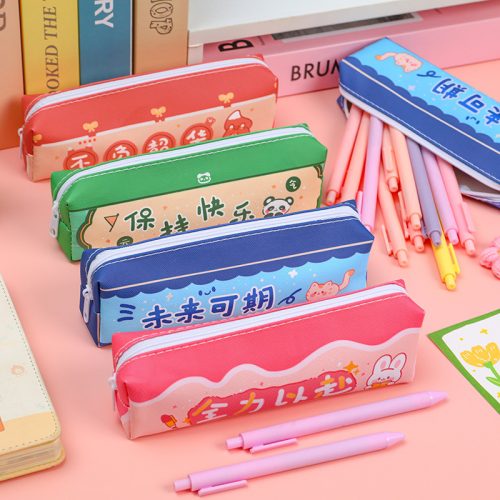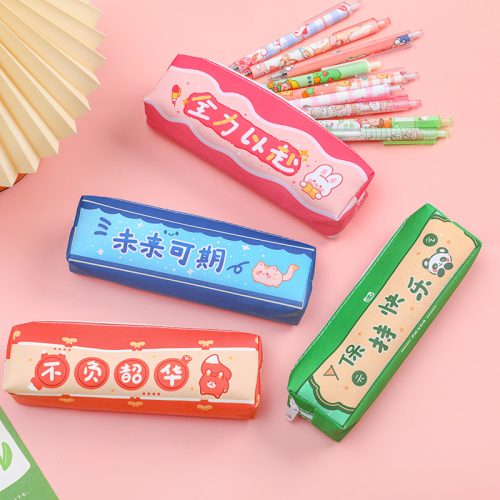Erasers and the act of correction play a crucial role in various aspects of life, from art and education to problem-solving and personal growth. Here’s a deeper look at erasers and their significance in the art of correction:
- Artistic Expression: In the world of art, erasers are valuable tools for artists. They allow for the correction of mistakes and the refinement of drawings, sketches, and paintings. Artists use different types of erasers, such as kneaded erasers, gum erasers, and mechanical erasers, depending on the medium and the level of detail they want to achieve.
- Learning and Education: Erasers are essential for students and educators. They enable students to correct errors in their work, encouraging a culture of learning from mistakes. Erasers also promote experimentation and exploration, as students feel less afraid to make errors when they know they can be easily corrected.
- Problem Solving: Erasers symbolize the idea that it’s okay to make mistakes. In problem-solving and decision-making, errors can provide valuable lessons. The ability to erase and correct mistakes encourages individuals to take risks and try new approaches, ultimately leading to better solutions.
- Personal Growth: The concept of correction extends beyond the physical act of erasing. It’s about acknowledging mistakes, learning from them, and making positive changes. Personal growth often involves recognizing errors, reflecting on them, and taking corrective actions to become a better version of oneself.
- Technology and Digital World: In the digital age, the “eraser” takes on a metaphorical meaning. The undo and delete functions in software applications serve as digital erasers, allowing users to correct errors in documents, emails, and other digital creations. These tools have made it easier to correct mistakes in a virtual environment.
- Metaphorical Significance: Erasers can also be seen as symbols of second chances and forgiveness. They represent the idea that we can rectify our missteps and make amends, both in our relationships with others and in the pursuit of our goals.
- Environmental Considerations: It’s worth noting that traditional erasers, especially those made of rubber, have environmental implications. They produce rubber shavings that contribute to waste. In response to this, eco-friendly alternatives and digital tools have gained popularity as more sustainable options.
In summary, erasers and the art of correction are not limited to fixing pencil marks on paper. They embody the broader concepts of growth, learning, resilience, and the acceptance of imperfection. Whether in art, education, problem-solving, or personal development, the ability to correct mistakes is an essential aspect of human progress and development.


